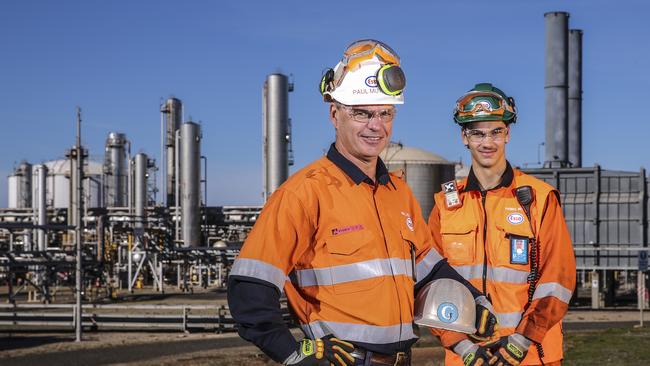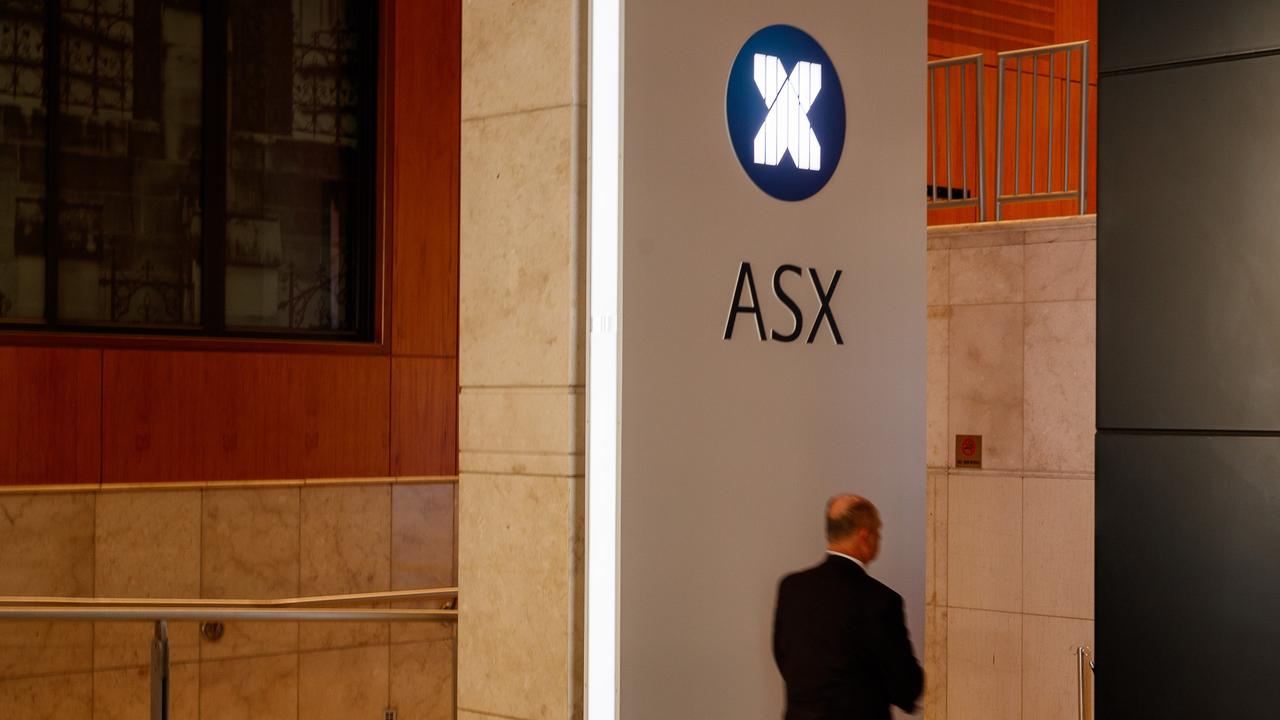
The Australian Strategic Forum has brought to a head some the greatest issues facing the nation, including the dispute with our largest trading partner, China, and whether we should use gas as a transition to build hi-tech manufacturing to lessen our dependence on coal and develop markets in the US.
Ironically, the for-and-against forces in each of the debates are remarkably similar. On the one hand there are employment and businesses-based views that are opposed to groups, often city-based, with totally different agendas.
The China conciliatory statements at the forum by Josh Frydenberg and Trade Minister Simon Birmingham sparked the immediate China response of 14 areas of dispute between our nations. The sharp response confirmed that we are dealing with a more aggressive China than existed five years ago and one that is dedicated to Communist Party ideals that are different to those of Western democracies.
The clear message for Australians is unless we start addressing the 14 issues, our tertiary education, wine, grain, coal, timber and other industries will need to adjust not only to regular disruption but may need to lower their production capacity, causing many people lose their jobs.
Apart from defence, most of the issues China raised are in three areas. First, China has been pleading with Australia for almost a decade to stop criticising its policies on Muslims, Hong Kong, Taiwan and other human rights areas. Second, there are disputes in areas of Australian domestic policy such as cybersecurity and telecommunications, and third there is conflict over how we handle large numbers of Chinese students, whom China wants to monitor for anti-China views.
In Australia we say we are entitled to undertake current activities, so China responds by reducing purchases of Australian goods. Australians believe strongly in their rights on these fronts, but we must also accept China’s totally predictable response.
We also need to recognise that while our dispute is part of the Trump-driven US-China split, we actually began deliberately annoying China well before Donald Trump became President, so there is extra venom in the deep-seated Chinese attitude to Australia.
Now it’s all out in the open, we could become divided as workers and enterprises that are hard hit by our China actions become increasingly noisy. In my view, we need to begin a dialogue with China, but given the fundamental differences it would be dangerous to send a minister, let alone a prime minister, to China without a lot of advance groundwork being done.
It was fascinating that among the list of Chinese objections was Canberra’s attitude to Victoria’s membership of the so-called “Belt and Road” initiative. We are even thinking of passing an act of parliament to stop Victoria’s China-friendly actions and that act would naturally be constitutionally challenged in the High Court. That’s not the way to start a China negotiation.
Rather, if we want come to an arrangement with China — and in truth we may not — then Australia needs to start using groups that have China contacts, including our business ties with China and, terrible as it may seem, Victoria’s connections. China has put the ball in our court.
But former Dow CEO Andrew Liveris has set us on a different path that also creates divisions. He explained to the forum that the world of manufacturing is set to undertake an enormous revolution as we embrace new technology and new energy sources.
Australia has the opportunity to be a world leader in the area and in particular forge much greater trading ties with the US, which under a Joe Biden presidency will embrace a similar strategy. It doesn’t mean that the US will replace China as our major trading partner, but it will help soften the blows if the China’s relationship deteriorates further.
If we are going to be part of the lower-carbon manufacturing revolution, we will need to reduce our dependence on coal and develop gas as a major energy source as the newer energy technologies are developed. Australia’s biggest and lowest-cost gas reserves are on shore in Victoria and near the Gippsland gas treatment plant.
But the state does not want to embrace the Liveris view and does not want gas to be a changeover fuel. It is prepared to sacrifice higher employment and poverty in the Latrobe Valley as part of that view and the residents of the valley seem to prefer the current situation to a gas-driven employment boom. The vast, non-fracked, low-cost Victorian gas reserves that were delineated by Exxon require further checking before vast investment is started.
Such a testing program requires an outlay of between $20m and $30m before major investment. This should be high on the list of things for discussion between Canberra and Melbourne.
In terms of developing gas, the myriad of different bodies in the energy industry make this a nightmare, at least on the surface. But in the CSL vaccine deal, the commonwealth showed how you cut through such difficulties. The government offered CSL a long-term purchase agreement and on the basis of that agreement CSL invested. And that’s how you start a gas revolution, whether that is based in Victoria, or in the higher-cost and smaller NSW fields. Once the commonwealth has gas it can sell it either to big users who are building new plants or to other friendly parts of the energy distribution network.



